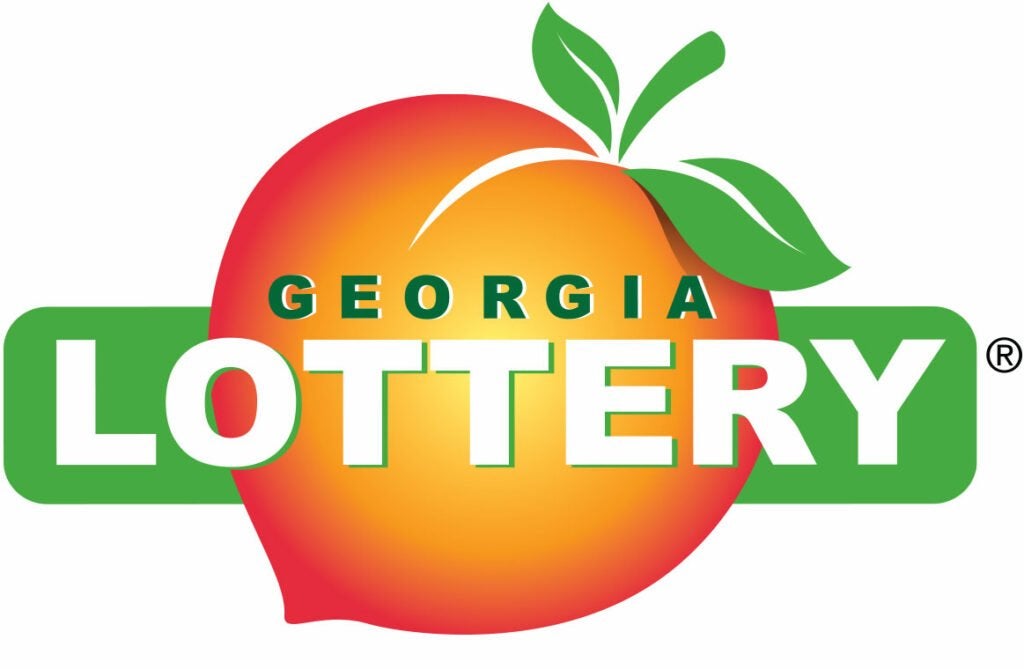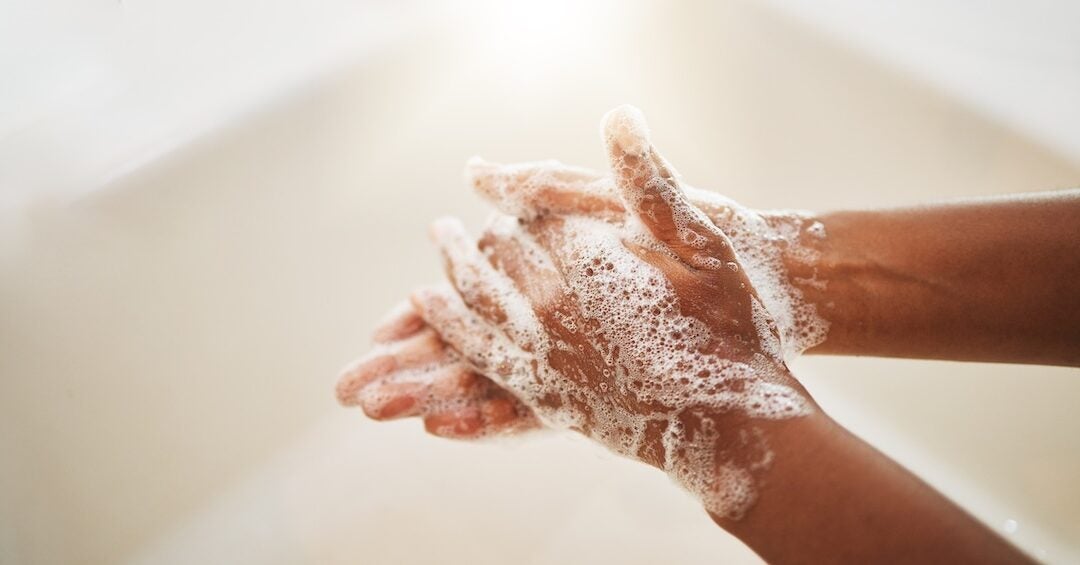“There’s not a budding boy or girl this day
But is rejoiced to hear the birds’ glad song;
The little bee that’s found her home at last,
The breeze that kisses soft the waving grass—
All feel the spirit of the gentle May,
And bloom anew beneath her golden ray.”
William Wordsworth
Welcome to springtime in Augusta!
This year, April showed us our region’s typical spring variability, beginning with cooler temperatures and transitioning to warmer, sunnier days as the month progressed. Overall, May is projected to be slightly warmer than average, with temperatures about 1°F above normal in eastern Georgia. Precipitation is expected to total around five inches, which is about one inch above the monthly average. But our first two weeks look to be pretty dry, so don’t forget to water all those new planting. This link has an in depth review of the NOAA forecast for this month.
To start off this month, here’s that list of things that we can be doing this month.
Plant warm-season crops: Tomatoes, peppers, okra, squash, cucumbers, beans, eggplant, corn, and sweet potatoes can all go in now if they haven’t already.
Succession planting: Keep sowing beans and corn every couple of weeks for continuous harvests.
Fertilize: Side-dress vegetables like tomatoes and peppers once they’re established. A balanced fertilizer or compost works well. (I’m assuming that you did get that soil test). Speaking of which, we recently saw one of the most unusual soil test results that any of us, in this area, have ever seen. A pH level of 8.3 from commercially sourced potting soil. Wow! This is being rechecked to ensure that this wasn’t some sort of lab error. You might get something like this in the alkaline soils of the Southwest, but not around here. If this is real, a lot of folks are going to be disappointed with anything that they try to grow in that stuff.
Weed regularly: Weeds just explode at this time of year if left unchecked. I have been doing this for about two weeks, and it is so much easier than waiting until they get bigger.
Mulch: Helps retain moisture and suppress weeds. Straw, pine needles, or shredded leaves all work well.
Get those perennials in the ground! Speaking of which, here’s a quick list of a few of my favorites.
Perennials for heat and humidity in USDA Zone 8a
Gardeners in USDA Zone 8a, which includes parts of the southeastern United States such as the Augusta-Aiken area, are fortunate to enjoy a long growing season and relatively mild winters. However, the region’s sweltering summers, high humidity, and occasional droughts can present a real challenge. One of the best strategies to overcome these environmental stresses is to choose heat and humidity-tolerant perennials that not only survive but thrive in these conditions.
Why choose perennials for a Zone 8a garden?
Perennials are plants that live for more than two years, regrowing each season from their root systems. In Zone 8a, many perennials can flourish year after year without the need for replanting, making them a sustainable and cost-effective choice for the home gardener. Selecting perennials that are adapted to heat and humidity means less water, and fertilizer, which is better for both us and the environment. Set ‘em and forget ‘em. Well, almost…
Heat and humidity tolerant perennials for Zone 8a
1. Coneflower (Echinacea spp.) Echinacea, commonly known as coneflower, is a native North American wildflower that has become a garden staple. It features large, daisy-like flowers with raised centers, typically in purple, pink, or white hues. Some newer cultivars offer orange, red, or yellow tones. They require full sun (6+ hours/day), well-drained soil, but tolerate poor soils. These are moderately drought tolerant once established. They bloom summer to fall and attracts pollinators like bees and butterflies, seed heads feed birds in fall and winter. They are low maintenance and deer-resistant. (Depending on just how hungry they are.)
2. Black-eyed Susan (Rudbeckia fulgida) A cheerful, sun-loving perennial with golden-yellow petals and a dark brown central cone. It requires full sun, tolerates a wide range of soils, moderately drought-tolerant once established and blooms mid-summer to fall. Excellent for naturalized plantings, attracts butterflies and birds, long bloom time and is a good cut flower.
3. Salvia (Salvia spp.) Salvias are a diverse group of flowering perennials known for their spiky blossoms and aromatic foliage. Their flowers come in shades of blue, purple, red, and white, and many varieties are native to the Americas. They like full sun, well-drained, sandy or loamy soil, drought-tolerant and prefers dry conditions. It blooms spring through fall, depending on species and attracts hummingbirds, bees, and butterflies, deer- and rabbit-resistant, aromatic foliage helps repel pests.
4. Daylilies (Hemerocallis spp.) Definitely one of the most versatile and durable perennials, daylilies are not true lilies but are named for their blooms, which last just one day. However, mature plants produce dozens of blooms over a long season. They like full sun to part shade, adaptable to most soils, moderately drought-tolerant once established, bloom late spring to summer; reblooming varieties extend the season. Incredibly wide range of colors and forms, minimal maintenance, tolerant of heat, humidity, and drought.
5. Coreopsis (Coreopsis spp.) Also known as tickseed, Coreopsis offers bright, daisy-like flowers in yellow, orange, pink, or red. Full sun, well-drained; tolerates poor soils, drought-tolerance, blooms late spring through summer. Attracts pollinators, long bloom period, self-seeds and naturalizes.
Honorable Mentions: In addition to the core five perennials above, consider these excellent choices for the Zone 8a garden:
- Lantana (Lantana camara): Though technically a tender perennial, it thrives in full sun, blooms nonstop, and attracts butterflies.
- Russian Sage (Perovskia atriplicifolia): Silvery foliage and purple-blue blooms that withstand drought and heat.
- Gaillardia (Blanket Flower): Bold, warm-toned flowers perfect for a cottage or wildflower garden.
- Yarrow (Achillea millefolium): Ferny foliage and flat-topped blooms that persist even in poor, dry soils.
- Bee Balm (Monarda spp.): Spicy-scented flowers that attract pollinators, although some cultivars are more mildew-resistant than others.
Design tips for hot and humid gardens
- Group plants with similar needs: This helps with watering efficiency and prevents root-rot in plants who don’t like wet feet.
- Incorporate mulch: Organic mulch helps retain moisture, moderate soil temperature, and reduce weeds.
- Choose disease-resistant varieties: Especially important in humid climates where fungal diseases can thrive.
- Provide air circulation: Don’t overcrowd plants; good airflow helps prevent mildew and leaf spot.
- Deadhead for more blooms: Removing spent flowers encourages many perennials to rebloom.
And, lastly, don’t forget to stay hydrated, wear head covering and loose-fitting clothing. Heat injuries can sneak up on you and are no joke. It may not be summer yet, but most of us are not acclimated to the higher temperatures either.












